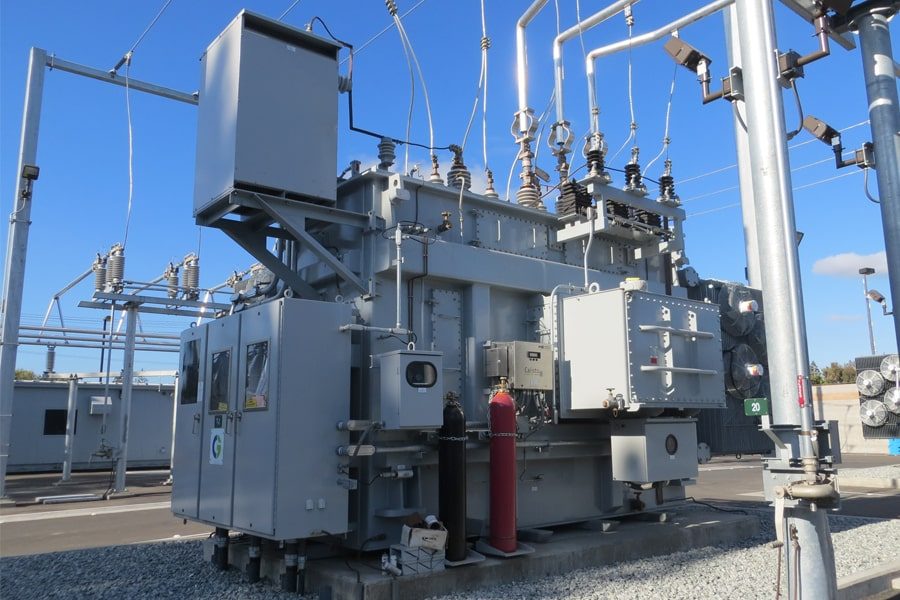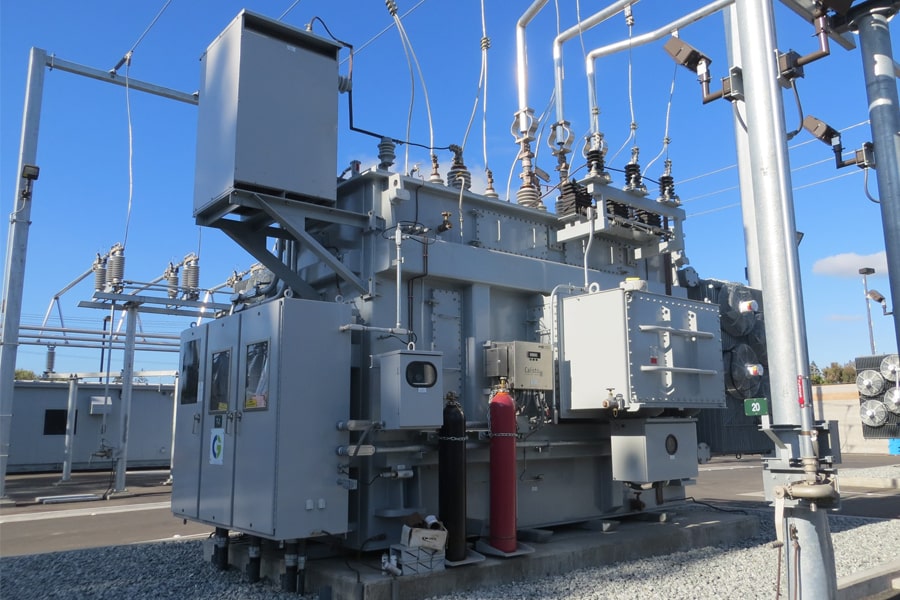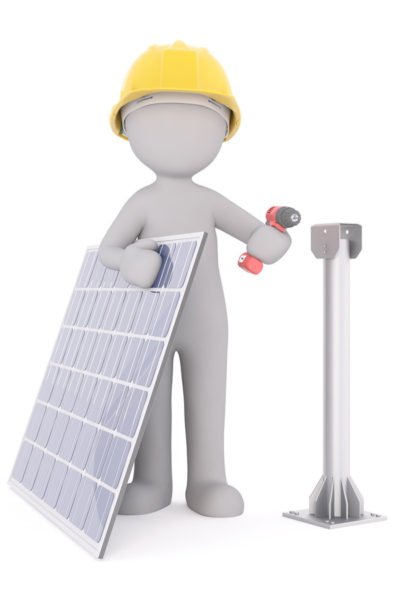
People’s living conditions are improving every day. As a result, people are increasingly anticipating more comforts, conveniences, and amenities. Perhaps they were tolerant of a power outage a few years ago. People nowadays, on the other hand, would not accept a power outage. The need for generators is growing. As a result, the need for generators has increased. This is understandable since individuals strive for a life filled with luxury and conveniences. The focus of this article is on how a generator works.
Importance of Generators
Nowadays, generators are so useful. First, let us get to know why we need generators. After that, we can get to know how a generator works. When it comes to fieldwork, getting power is one of the most important things. In these instances, generators are incredibly useful. If you do not have a generator, you won’t be able to continue working.
If your power goes out, a generator can keep you connected. You will have a backup energy source if your power goes off. In the event of a power outage, which can last up to 3.5 hours on average, it is critical to be prepared. As you would for a tornado or hurricane, prepare for a storm with a reduced electric supply. You would not have to worry about phoning your electric provider and fighting the crowds to obtain their attention to fix your outage if you have a backup generator before a storm.
There are plenty of reasons why you may need to utilize a generator. You would need a generator to keep the lights on and all of your other appliances operating. And you would also need a generator if you want to go on an adventure with it, such as camping. Generators are beneficial to some vocations, such as electricians and HVAC technicians. Furthermore, someone may be using medical gadgets that require continual electricity at your location. In this situation, having a generator is advantageous since it can be started and stopped without fail.
No doubt, generators are immensely useful. And because of that, it is necessarily important to know how a generator works. Do not worry. We will tell you in this article.
Westinghouse Outdoor Power Equipment WGen3600v Portable Generator 3600 Rated and 4650 Peak Watts, RV Ready, Gas Powered, CARB Compliant
The WGen3600v Portable Generator from Westinghouse is a good generator. It keeps you going when there is a power outage, whether you are on some work or at home. It features a 4 gallon (15 L) gasoline fuel tank with a peak power of 4,650 watts and operational power of 3,600 watts. As a result, this generator may run continuously for up to 13.5 hours. This has a powerful 212cc 4-Stroke OHV Westinghouse Engine with a cast iron sleeve that powers the WGen3600v. As a consequence, there is more durability, as well as a built-in fuel gauge and an automated low-oil cutoff.
It includes a 30A RV Ready TT-30R outlet. And it attaches to your travel trailer with ease. It also allows you to operate your air conditioner and other travel necessities continuously throughout the day. There are also L5-30R and home duplex outlets available. This gadget slides about a lot when not transported with the wheel kit.
Safety concerns with regard to using generators
Also, it is pretty important to know about the safety concerns when it comes to using generators. So, we thought of telling you about it before telling you about how a generator works. If you use generators, you should be aware of the safety protocols that apply to them. It is critical that you adhere to all safety guidelines. You must ensure that your generator is in good working order. You might find up in a perilous scenario if you utilize a generator incorrectly.
Carbon monoxide poisoning is caused by engine exhaust. Even if you do not smell the fumes, you might be exposed to carbon monoxide. When utilizing a generator, if you feel sick, dizzy, or weak, get some fresh air as soon as possible. If you are having severe symptoms, you should get medical attention immediately once. Batteries should be inserted in carbon monoxide detectors. Take the necessary measures after reading the manufacturer’s instructions. There is a risk of electric shock, electrocution, and fire. As a result, you must exercise caution when utilizing generators. Understanding why we need generators is just as important as knowing how to take such precautions.
Generators should be placed outdoors, away from any buildings. In enclosed structures, generators are used. This produces a large amount of carbon monoxide, which can be fatal. As a result, keep generators outside and at least 15 feet away from windows that are open. This is to keep emissions out of your home, business, and neighbors’ homes. Furthermore, you must maintain the generator dry. We suggest that you read more about this.
WEN DF475T Dual Fuel 120V/240V Portable Generator with Electric Start Transfer Switch Ready, 4750-Watt, CARB Compliant
We can suggest this since it is one of the best portable generator. With a simple turn of the selector dial on this portable generator, you may choose between gasoline (4750 surge watts, 3800 running watts) and propane (4750 surge watts, 3800 running watts) (4350 surges, 3500 running watts). It is excellent for backup power and switching since its voltage spans from 120 to 240 volts. The 224cc 4-stroke OHV engine is ready to start with the turn of a key. The 4-gallon tank can run for up to 11 hours at half load. Two 120V GFCI outlets (5-20R), a 120V/240V NEMA 30A twist lock (L14-30R), a 12V DC cigarette-lighter-style plug, a bottle of oil, a wheel and handle kit, a 47-inch LPG connection line, and a 2-year guarantee are included with this portable generator.
Basic parts of an electric generator
In order to understand how a generator works, it is important to understand the basic parts of an electric generator. So, let us now go through each of them step by step.
Engine
The generator receives power from the engine. And it is the engine’s power that determines the amount of electricity a generator can produce.
Alternator
The conversion of mechanical energy to electrical energy takes place here. The alternator, also known as a “genhead,” comes up of both moving and fixed elements that work together to create the electromagnetic field and electron movement that generates electricity.
Voltage regulator
This component aids in the regulation of the voltage of the power generated. It also aids in the conversion of power from AC to DC, if necessary.
Fuel system
The fuel system enables the generator to generate the required energy. A gasoline tank, a fuel pump, a conduit linking the tank to the engine, and a return pipe make up the system. Before debris reaches the engine, a fuel filter eliminates it, and an injector pumps the fuel into the combustion chamber.
Cooling and exhaust system
Generators generate a great deal of heat. The machine’s cooling system keeps it from overheating. During operation, the exhaust system directs and removes the fumes.
Lubrication system
Inside a generator, there are a lot of little moving elements. To maintain smooth functioning and preserve them from excessive wear, so remember to thoroughly lubricate it with engine oil. Also you need to check lubricant levels every 8 hours of operation at the absolute least.
Battery charger
The generator is started with batteries. The battery charger is a completely automated component that guarantees that the battery is ready to use when it is needed by providing it with a steady low voltage.
Control panel
From start-up and operating speed to outputs, the control panel manages every element of the generator’s functioning. Modern devices can even detect when the power is off or dips, and automatically start or shut off the generator.
Main assembly
This is the generator’s main body. It is the visible portion; the framework that keeps everything together.
Hudson Motors 3300-Watt Super Quiet Portable Inverter Generator, Gas Powered, EPA Compliant, Eco-Mode Feature, Ultra Lightweight for Backup Home Use & Camping
You can use a generator to power a wide range of equipment. And you can use it at home, at work, or anywhere else. It is a fantastic backup power source solution. This is especially true at home in the case of a power outage. This device produces low noise at 62 dBA and can run for up to 8 hours on a single gallon of fuel. To get the best gas mileage, put the car in “Economy Mode.”
How does a Generator Work?
Now, you know about the components of a generator. So, we can now get to know how a generator works.
Generators do not truly generate power. Rather than converting mechanical energy to electrical energy, they convert mechanical energy to electrical energy. The procedure is a step-by-step process.
The engine generates mechanical energy using gasoline, diesel fuel, propane, natural gas, or a renewable energy source. The alternator converts mechanical energy from the engine into electric charges in the generator’s wire, which are then sent through an electrical circuit. Magnetic and electric fields move as a result of the movement. The rotor creates a moving magnetic field surrounding the stator, which holds stationary electrical wires, during this operation. The rotor transforms DC current into an AC voltage output. This electric current is supplied by the generator to appliances, tools, or the electrical system of a structure.
PowerSmart Generator, 1000 Watts Portable Generator, Outdoor generator Low Noise, Gas Powered Portable Generator, Inverter Generators for Home-use, PS50A
Campgrounds, construction sites, mobile devices, and power outages all can benefit from the PowerSmart portable generator. This portable generator is a construction workhorse that can power high-voltage appliances and heavy-duty electrical equipment. This gas generator has a 63cc 2-stroke gas engine that produces 1000 surge watts and 900 rated watts. This gas generator is also less than half the weight of a typical generator of comparable size, weighing only 39 pounds. To make it simple to create, start with a pull cord and utilize it on a regular basis.
Features of Power Generators
Apart from talking about how a generator works, we can also discuss the features of power generators.
Power
Electric generators are widely accessible in a wide range of power output capacities. Low and high power requirements may be readily fulfilled by selecting an electric generator with the appropriate power output.
Fuel
Electric generators may run on a variety of fuels, including diesel, gasoline, natural gas, LPG, and others. So, you can choose generators from what types of fuel you want to use for your generator.
Portability
There are generators on the market with wheels or handles on them, allowing them to be easily transported from one location to another. These portable generators are so handy to use than big ones. So, they are ideal for domestic use.
Noise
Some generator types incorporate noise-canceling technology, allowing them to be stored close together without causing noise pollution. Otherwise, a typical generator would be so noisy.
Champion Power Equipment 200986 4500-Watt Portable Inverter Generator, RV Ready
You can start and stop your 3500-watt generator from up to 80 feet away with the remote key fob that comes with it. The Intelligence-enabled 208cc Champion engine with electric start and battery provides the power your RV, backup generator, or next project need. Champion’s reliable recoil start assures a rapid start in cold conditions, and Cold Start Technology allows for a quick start. Volt Guard’s built-in surge protector protects your appliances and electronics against power surges. As a consequence, you can rest assured that this is an excellent purchase.
Future of Generators
Globalization has brought with it a trend toward mega-building construction and infrastructural expansion, as well as continual alterations to existing units. As a result, the opportunistic generating set market will grow. The top rivals on the market are releasing hybrid-powered vehicles. In terms of design, aesthetics, and fuel flexibility, they have made great progress. Manufacturers have been forced to give their customers energy-efficient products. This is mostly due to the industry’s fierce competitiveness. This is due to a lack of innovation and the saturation of some firms.
Innovations of the Industry
It can be seen that in 2019, the diesel generator sets industry accounted for more than 70% of overall sales. On the other hand, the adoption of rigorous emission limits is encouraging the usage of clean units. However, because of the engine’s incredibly flexible operation and ability to give a constant performance, as well as its extended engine lifespan, meeting the demand for DG sets will be simpler. On the other hand, the development of hybrid technologies and natural gas-fueled generator sets may limit the total expansion of these units. Furthermore, these units continue to control the majority of the market.
Due to consumer demand for energy security, independence from fossil fuels, and rigorous emissions-based constraints, the market for gas generator sets is likely to develop. Furthermore, the quick building of LNG infrastructure, which will be powered by huge O&G exploration projects performed by a number of nations, will boost the expansion of the LNG sector.
Conclusion
In this article, our focus was on how a generator works. We hope that you have a pretty good idea about how a generator works after reading this article. If you’d like to know more about generators, you can try history of generators, early versions of generators, types of generators, why do we need generators?, general uses of generators, fuel types of generators, warranty of a generator, market availability of commercial generators, generator accessories, portable generators, maintenance of diesel generators, market stats of generator industry, impact of Covid-19 on generator industry




